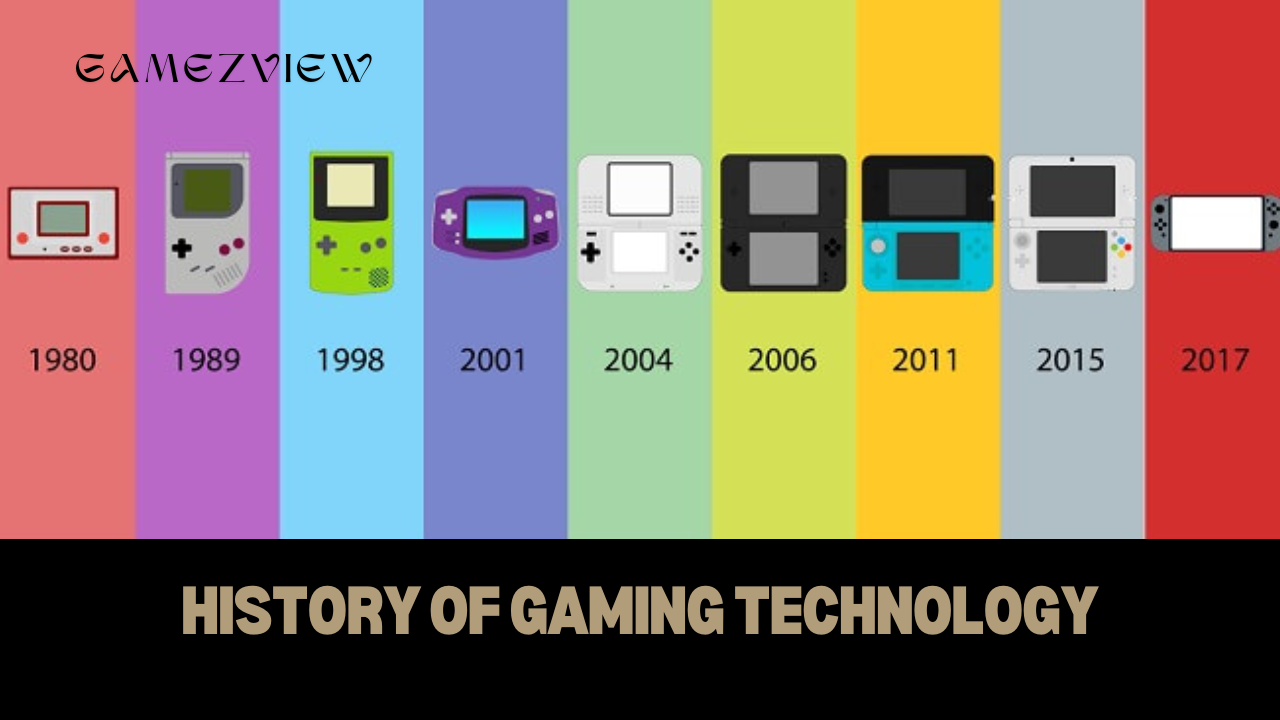In today’s rapidly evolving business landscape, digital transformation has become a key driver of growth and efficiency across various sectors. Traditional industries, once characterized by conventional processes and technologies, are now experiencing profound changes due to digital advancements. From manufacturing and retail to finance and healthcare, digital transformation is reshaping how businesses operate, engage with customers, and create value. This article explores the impact of digital transformation on traditional industries, highlighting both the challenges and opportunities presented by this ongoing evolution.
1. Understanding Digital Transformation
Digital transformation refers to the integration of digital technologies into all areas of a business, fundamentally altering how organizations operate and deliver value to their customers. It encompasses various technologies, including cloud computing, big data analytics, artificial intelligence (AI), the Internet of Things (IoT), and blockchain, among others. The goal of digital transformation is to streamline processes, enhance customer experiences, and drive innovation.
2. Impact on Manufacturing
2.1. Automation and Efficiency
The manufacturing sector has been significantly impacted by digital transformation through the adoption of automation and advanced manufacturing technologies. Robotics, AI, and machine learning are being utilized to automate repetitive tasks, reduce human error, and increase production efficiency. For instance, smart factories equipped with IoT sensors can monitor equipment in real time, predict maintenance needs, and minimize downtime. This shift towards automation is enabling manufacturers to produce goods faster, with higher precision, and at lower costs.
2.2. Data-Driven Decision Making
Data analytics plays a crucial role in modern manufacturing. By analyzing data from various sources, including production lines and supply chains, manufacturers can gain valuable insights into their operations. Predictive analytics helps in forecasting demand, optimizing inventory levels, and identifying potential issues before they escalate. This data-driven approach allows manufacturers to make informed decisions, improve quality control, and enhance overall operational efficiency.
2.3. Customization and Flexibility
Digital transformation is also enabling greater customization and flexibility in manufacturing. Advanced technologies such as 3D printing and additive manufacturing allow for the production of customized products with minimal lead times. This shift towards on-demand production caters to the growing consumer demand for personalized products and enables manufacturers to respond more swiftly to market changes.
3. Disruption in Retail
3.1. E-Commerce and Omnichannel Strategies
The retail industry has undergone a dramatic transformation with the rise of e-commerce and digital retail platforms. Online shopping has become increasingly popular, driven by the convenience of browsing and purchasing products from anywhere at any time. Retailers are adopting omnichannel strategies to provide a seamless shopping experience across various channels, including physical stores, websites, and mobile apps. This integration of online and offline channels helps retailers reach a broader audience and enhance customer engagement.
3.2. Personalized Customer Experiences
Digital transformation is enabling retailers to deliver more personalized shopping experiences. Through data collection and analysis, retailers can gain insights into customer preferences, behaviours, and purchasing patterns. This information allows for targeted marketing campaigns, personalized product recommendations, and tailored promotions. Enhanced customer experiences lead to increased customer loyalty and higher conversion rates.
3.3. Inventory Management and Supply Chain Optimization
Digital technologies are revolutionizing inventory management and supply chain operations. Advanced inventory management systems use real-time data to track stock levels, forecast demand, and automate reordering processes. Additionally, supply chain management tools leverage data analytics to optimize logistics, reduce lead times, and improve overall supply chain efficiency. These advancements help retailers reduce costs, minimize stockouts, and ensure timely delivery of products.
4. Financial Sector Transformation
4.1. Fintech Innovations
The financial services industry is experiencing a wave of digital transformation driven by fintech innovations. Technologies such as blockchain, artificial intelligence, and mobile banking are reshaping how financial transactions are conducted. Blockchain technology provides a secure and transparent way to record transactions, while AI-powered algorithms enhance fraud detection and risk assessment. Mobile banking apps offer customers convenient access to their accounts and financial services, transforming the traditional banking experience.
4.2. Customer-Centric Financial Services
Digital transformation is shifting the focus of financial services towards customer-centric models. Financial institutions are leveraging data analytics to understand customer needs and preferences better. This allows for the development of personalized financial products and services, such as tailored investment portfolios and customized insurance plans. Enhanced customer experiences and greater financial inclusion are key benefits of this shift.
4.3. Regulatory Compliance and Security
As financial services become more digitized, regulatory compliance and security are paramount concerns. Financial institutions must navigate complex regulatory requirements and ensure the security of sensitive customer data. Digital transformation is facilitating compliance through automated reporting and monitoring systems. Additionally, advanced cybersecurity measures, such as encryption and multi-factor authentication, are being implemented to protect against cyber threats and data breaches.
5. Healthcare Industry Evolution
5.1. Telemedicine and Remote Patient Monitoring
The healthcare sector is undergoing significant changes due to digital transformation, particularly with the rise of telemedicine and remote patient monitoring. Telemedicine enables healthcare providers to offer virtual consultations and medical advice through digital platforms. This not only increases access to healthcare services, especially in remote areas but also reduces the need for in-person visits. Remote patient monitoring devices track vital signs and health metrics in real time, allowing for continuous patient monitoring and timely interventions.
5.2. Electronic Health Records (EHRs)
Electronic Health Records (EHRs) have become a cornerstone of digital transformation in healthcare. EHRs replace traditional paper-based records with digital versions, making it easier for healthcare providers to access and share patient information. This digital shift improves care coordination, reduces medical errors, and enhances patient outcomes. EHRs also enable data analytics for population health management and research purposes.
5.3. AI and Predictive Analytics
Artificial intelligence and predictive analytics are transforming various aspects of healthcare. AI algorithms are being used for diagnostic purposes, such as analyzing medical images and detecting anomalies. Predictive analytics helps in identifying potential health risks and predicting disease outbreaks. These technologies enhance diagnostic accuracy, enable early intervention, and improve overall healthcare delivery.
6. Energy Sector Transformation
6.1. Smart Grids and Renewable Energy
Digital transformation is revolutionizing the energy sector through the adoption of smart grids and renewable energy technologies. Smart grids use digital technology to monitor and manage electricity distribution more efficiently. They enable real-time data collection and analysis, improving grid reliability and reducing energy waste. Additionally, the integration of renewable energy sources, such as solar and wind power, is facilitated by digital technologies, promoting a transition towards more sustainable energy practices.
6.2. Energy Management and Efficiency
Digital tools are enhancing energy management and efficiency across various industries. Advanced energy management systems use data analytics to optimize energy consumption and reduce operational costs. These systems monitor energy usage patterns, identify areas for improvement, and provide actionable insights for energy-saving measures. Businesses and households alike benefit from increased energy efficiency and reduced environmental impact.
6.3. Decentralized Energy Solutions
The rise of decentralized energy solutions, such as microgrids and distributed energy resources (DERs), is a direct result of digital transformation. Microgrids allow communities and businesses to generate and manage their energy supply, reducing reliance on central power grids. Digital technologies facilitate the integration and management of DERs, enabling more resilient and adaptable energy systems.
7. Challenges and Considerations
7.1. Legacy Systems and Integration
One of the significant challenges of digital transformation in traditional industries is dealing with legacy systems. Many organizations rely on outdated technology that may not easily integrate with new digital solutions. The process of modernizing legacy systems and ensuring compatibility with emerging technologies can be complex and costly.
7.2. Cybersecurity Risks
As industries become more digitized, cybersecurity risks become a critical concern. Digital transformation introduces new vulnerabilities and potential attack vectors that organizations must address. Implementing robust cybersecurity measures, including encryption, access controls, and regular security assessments, is essential to protecting sensitive data and maintaining business continuity.
7.3. Change Management and Workforce Adaptation
Digital transformation often requires significant changes in organizational culture and processes. Effective change management strategies are necessary to ensure a smooth transition and to address resistance from employees. Workforce adaptation is also crucial, as employees may need new skills and training to effectively use digital tools and technologies.
8. Future Outlook
8.1. Continued Innovation
The impact of digital transformation on traditional industries is likely to continue evolving as technology advances. Innovations such as quantum computing, 5G connectivity, and augmented reality (AR) have the potential to further disrupt and enhance various sectors. Organizations must stay abreast of emerging technologies and trends to remain competitive and capitalize on new opportunities.
8.2. Increased Collaboration
Collaboration between industries, technology providers, and other stakeholders will be essential for driving successful digital transformation. Cross-industry partnerships can lead to the development of innovative solutions and the sharing of best practices. Collaborative efforts will also help address common challenges and accelerate the adoption of digital technologies.
8.3. Focus on Sustainability
Sustainability is becoming an increasingly important consideration in digital transformation. Organizations are leveraging digital technologies to promote environmental sustainability and reduce their carbon footprint. For example, energy-efficient technologies and sustainable supply chain practices are becoming integral components of digital transformation strategies.
Digital transformation is having a profound impact on traditional industries, driving significant changes in how businesses operate and deliver value. From manufacturing and retail to finance and healthcare, digital technologies are reshaping processes, enhancing customer experiences, and creating new growth opportunities. While challenges such as legacy systems, cybersecurity risks, and change management exist, the benefits of digital transformation are vast. As technology continues to advance, traditional industries must embrace digital transformation to stay competitive and thrive in the evolving business landscape.





